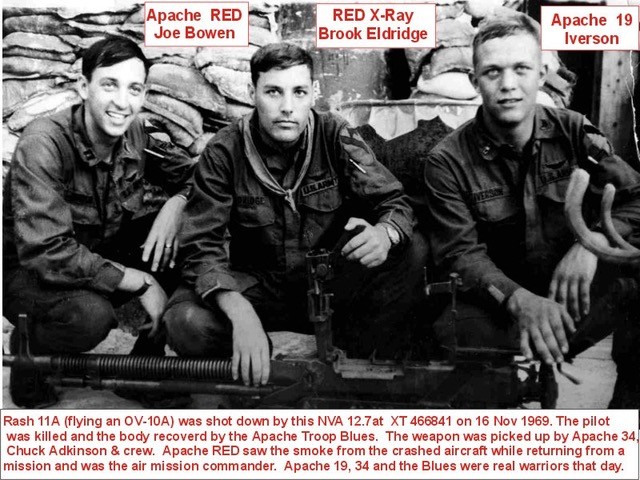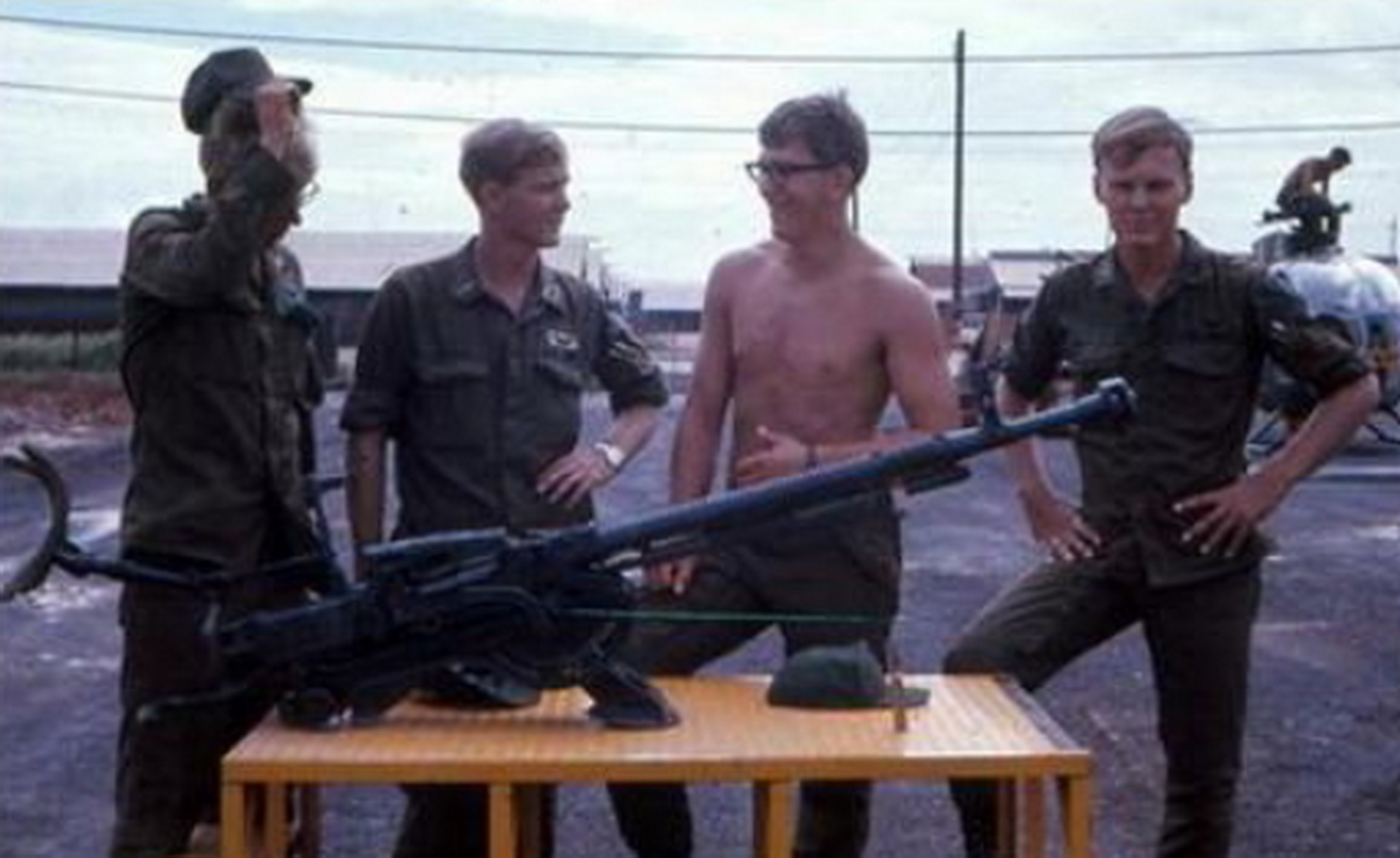Below are the details of the loss you selected from the list of search results:
| Date: 16 November 1969 |
| Aircraft type: OV-10A Bronco |
| Serial Number: 67-14644 |
| Military Unit: 19 TASS, 504 TASG, |
| Service: USAF |
| Home Base: Bien Hoa detached to Tay Ninh |
| Name(s): |
| Maj Philippe Bunau-Varilla Fales (KIA) |
| The last of the five USAF aircraft lost on the 16th was a Bronco (call sign Rash 1) on a visual reconnaissance mission near Katum. Maj Fales was flying without an observer when his aircraft was shot down by ground fire about eight miles southeast of the city. The pilot was found to be dead when an Army helicopter arrived at the scene shortly after the crash.
The following additional information about the loss noted above was received from Joe Bowen. He was on scene as Apache Red (Platoon Commander) in an AH-1G Cobra as part of Apache Troop, 1-9 Cavalry, 1st Cavalry Division (Air). This was his first tour in Vietnam (December '68 - December '69), starting in Saber Troop and then moving to Apache Troop. His second tour was 1972-73. For both tours he compiled a record of 1,475 combat flight hours, two Silver Stars, three DFC's, 59 Air Medals, one Army Commendation Medal with Combat "V", and one Purple Heart. Joe also provided additional input to the loss of a C-130 at this link: C-130 Loss on 23 June 1969. This is what he saw on this OV-10 loss: On the 16 Nov 69 FAC loss, it was Rash 11A, not Rash 1. I was working with 11A (he was Alpha because he was going to be the new FAC Commander and had an A after his callsign). We (Pink Team, Cobra and OH-6A) were working the Fishhook looking for .51's, and I was trying to pass on to Rash how we did operations with us being the bait, fighters taking them out, then we would do BDA. The area was beyond all artillery range, so fighters were the only option besides our Air Cavalry Troop. I was talking to him on UHF, and I had to break for fuel back at Tay Ninh. Suddenly, he didn't respond in the middle of a sentence - like he switched to another freq. I looked back and, from about 15 klicks, saw the big column of smoke coming from right where we had been. I KNEW it was Rash as there were no other aircraft operating in that area. I called operations and told them that Rash was down and to scramble the Troop for a possible rescue. We couldn't find out what color parachute he had (in case he ejected we'd know what to look for). I led the mission since I had just been there and knew the area better than anyone else. I found two .51's, killed the crews, then inserted our Blue Infantry on Four UH-1Hs to search the wreckage. They found Rash's remains. I then extracted the Blues to clear the area; however, my Squadron Commander had arrived and wanted one of the .51's. I objected, but he overruled me, and a fiasco ensued. We got one of the guns out. The 1st Cavalry Division Commander came to congratulate the UH-1H crew that landed and pulled out the .51 after pushing the dead NVA off the tripod. My debrief was that the NVA saw an opportunity to sucker in one lonely FAC after my team departed, so they hit him in a crossfire when he dove in either to mark the target or to try to get a kill. As far as I can recall, there were no fighters overhead for an immediate airstrike. They were an on-call mission, if we found some AAA. Another sad example of putting a new guy out in the AO without enough training. He impacted in a pretty steep dive directly in line with the .51 I killed in the picture below.  1Lt Joe Bowen, Brook Eldridge, and Iverson, November 1969, posing with 12.7mm gun captured after Rash 11A was shot down  Apache 34 crew posing with NVA .51 gun captured after Rash 11A was shot down |
You may return to your search results, go to the Search Form, or go back to the Home Page.